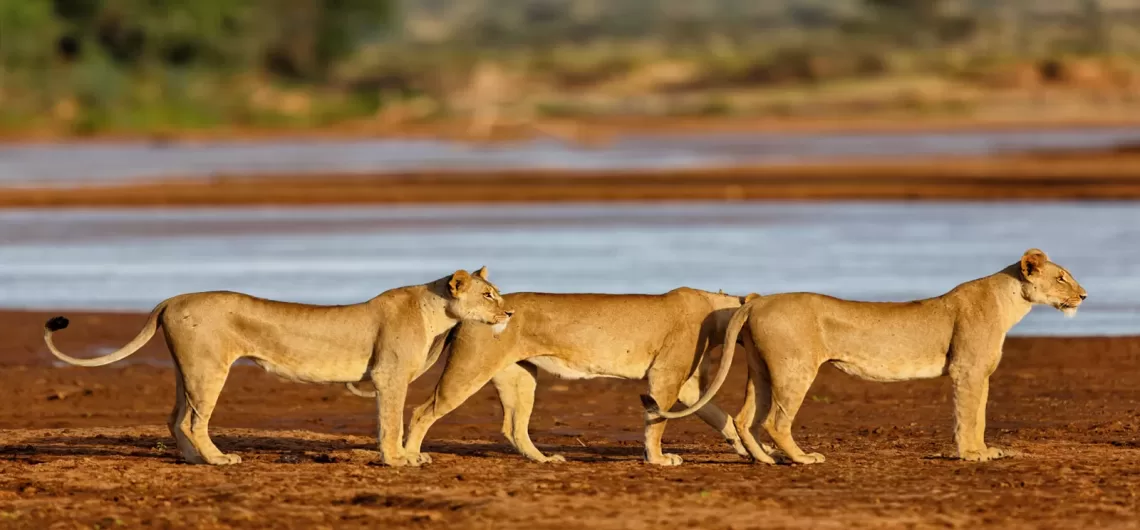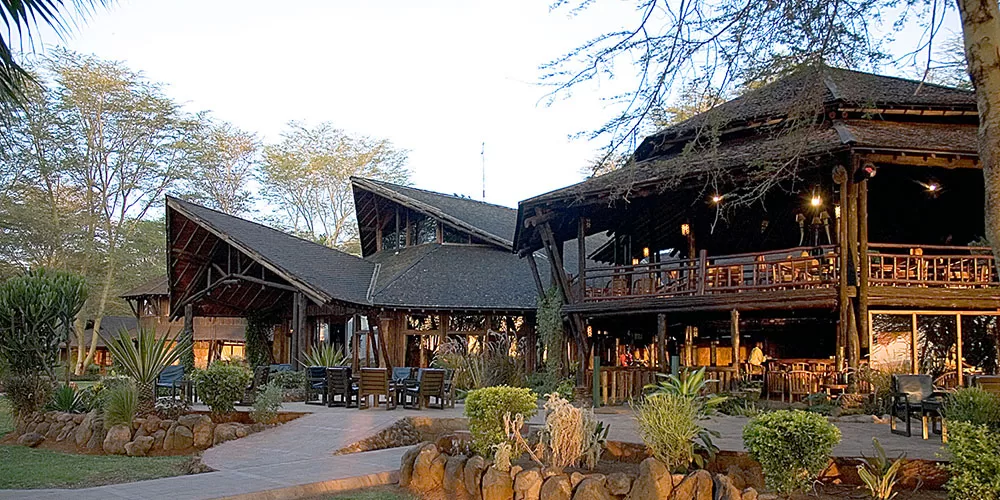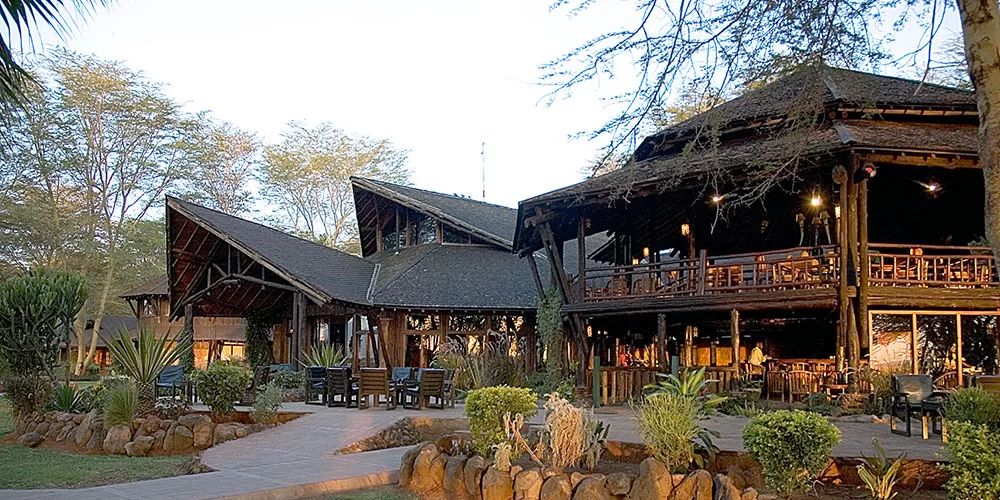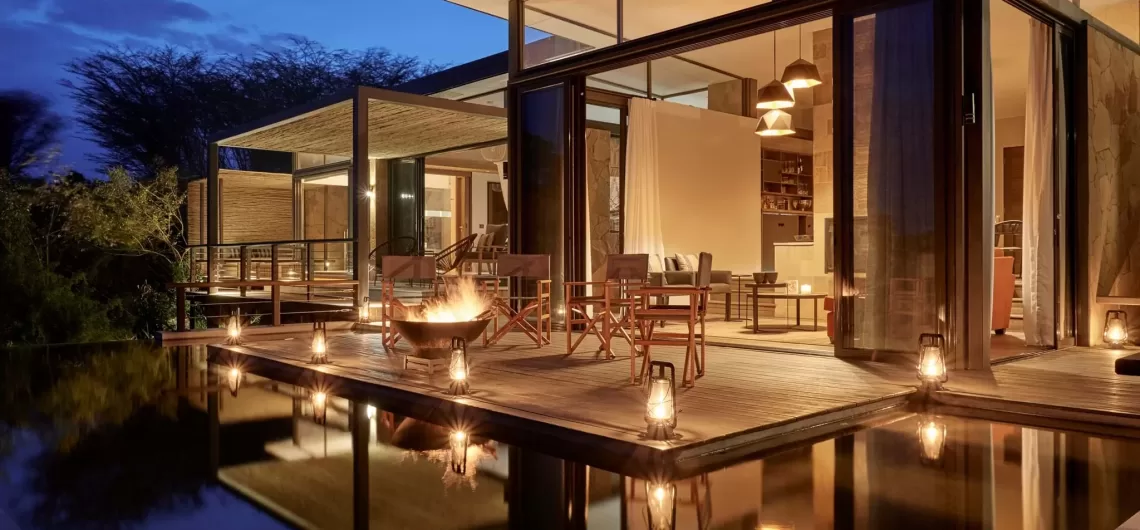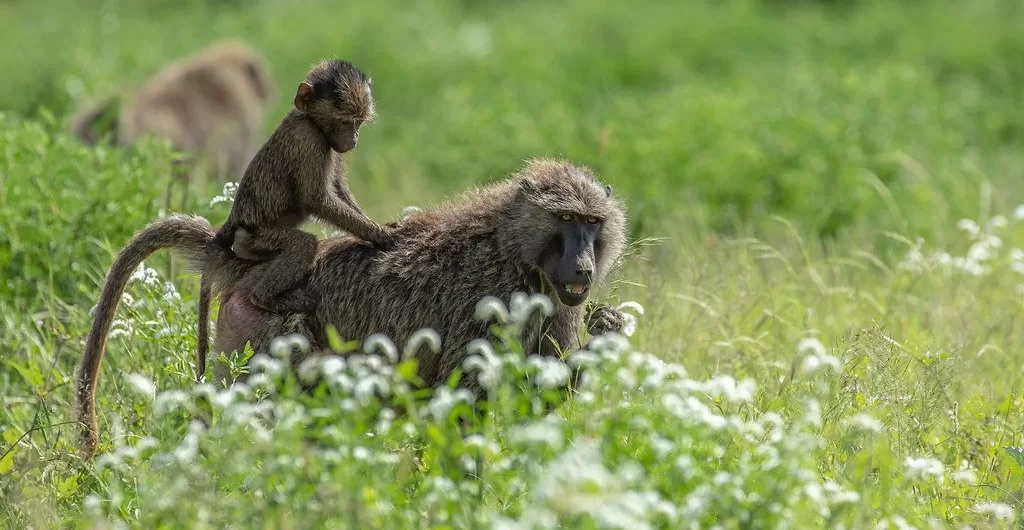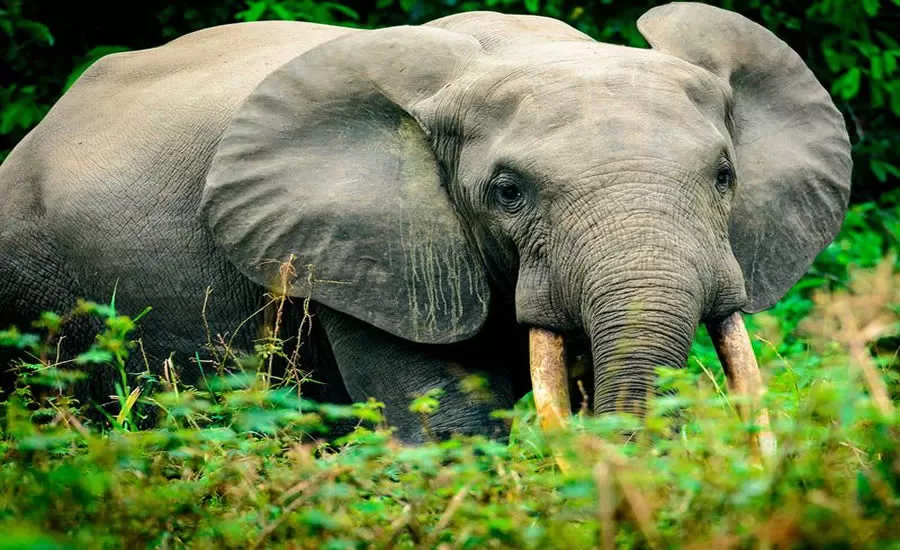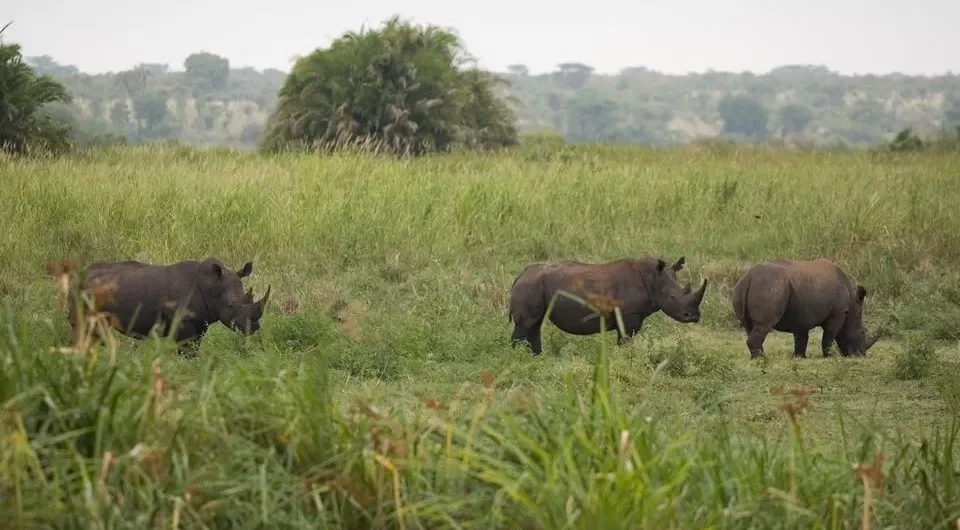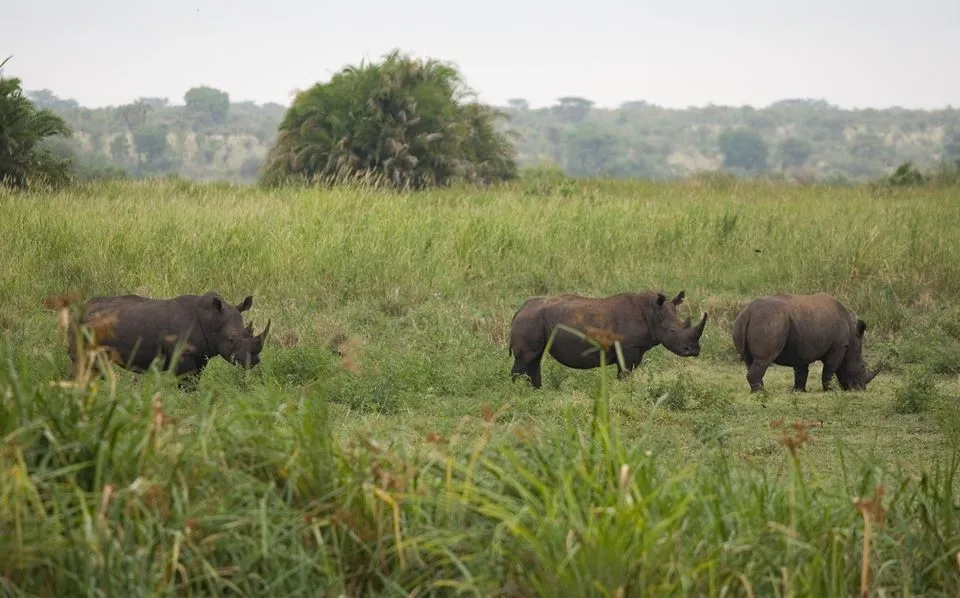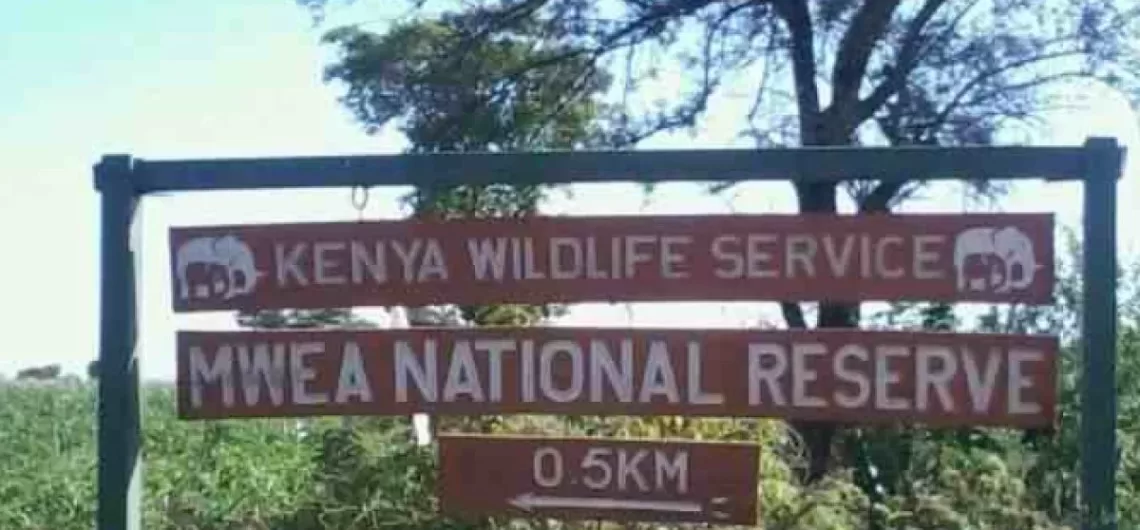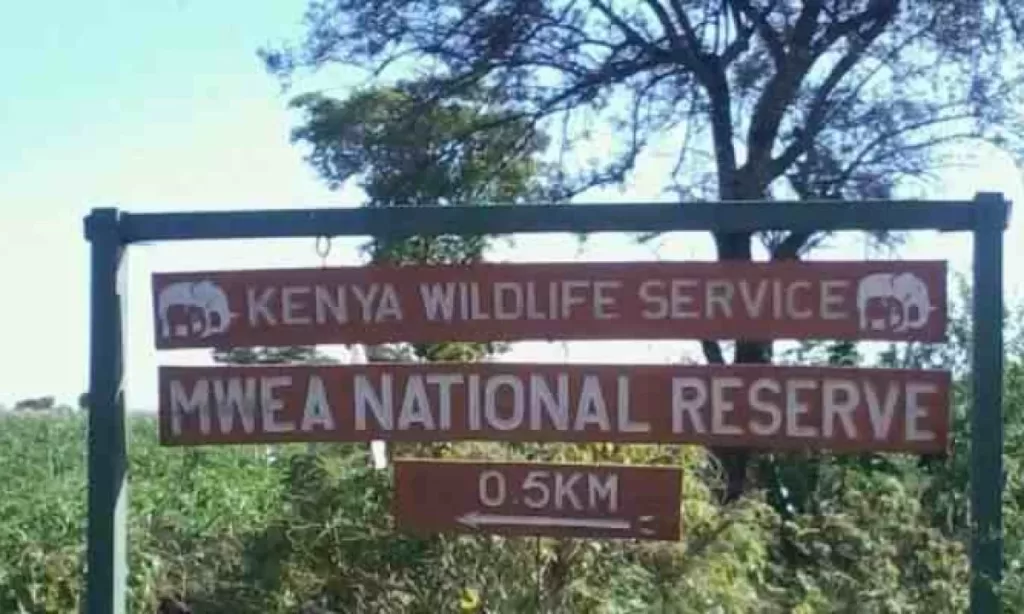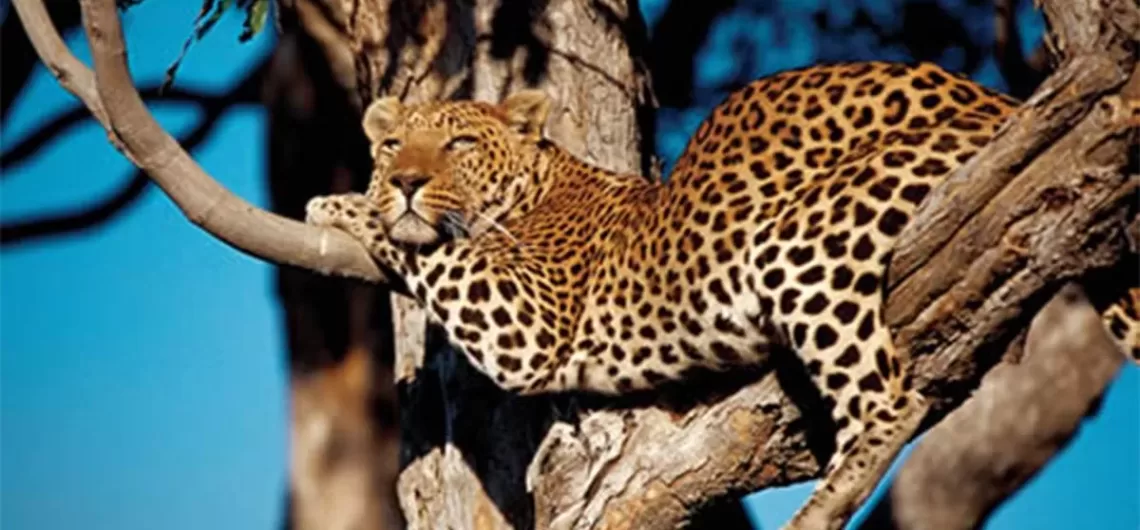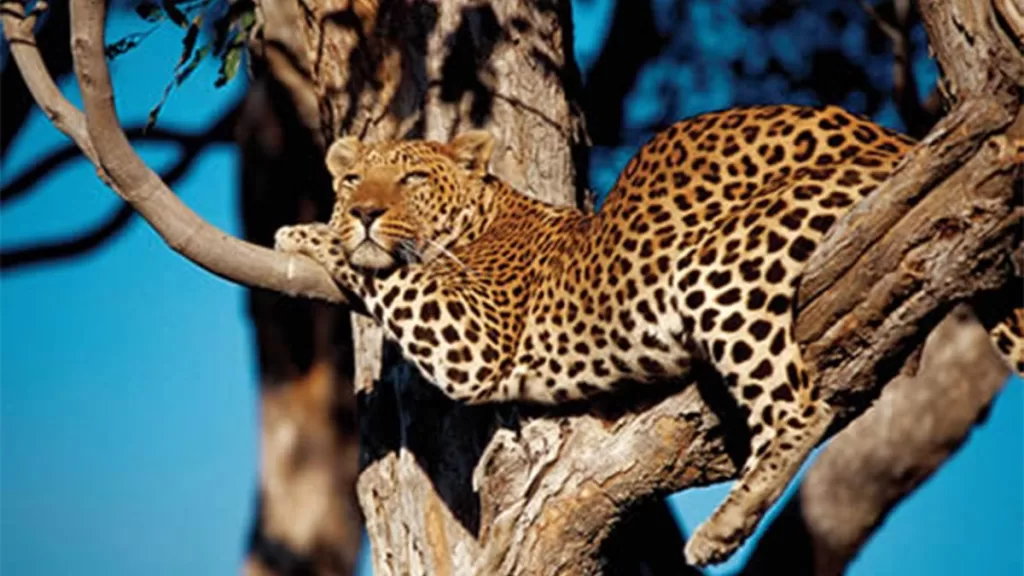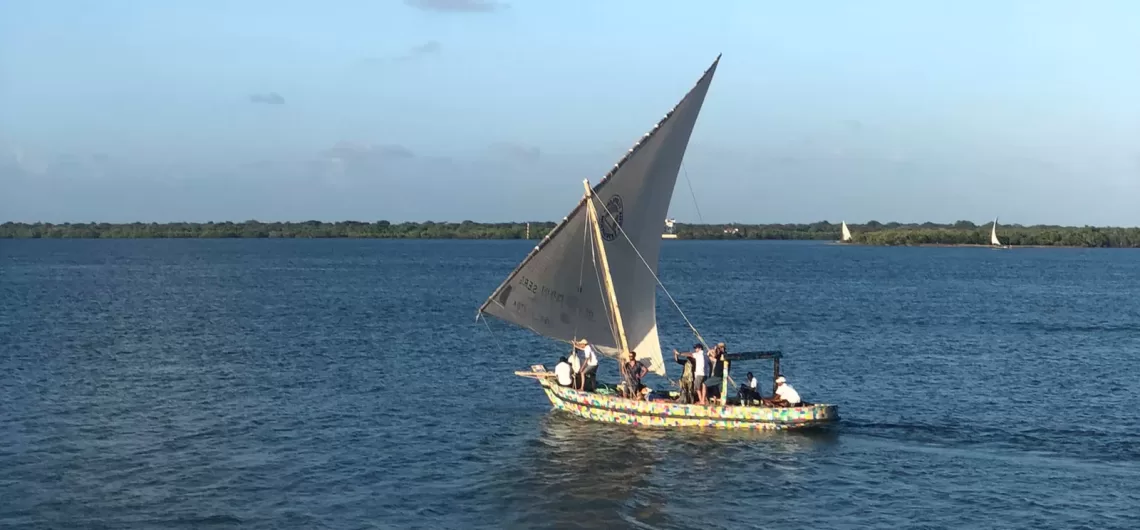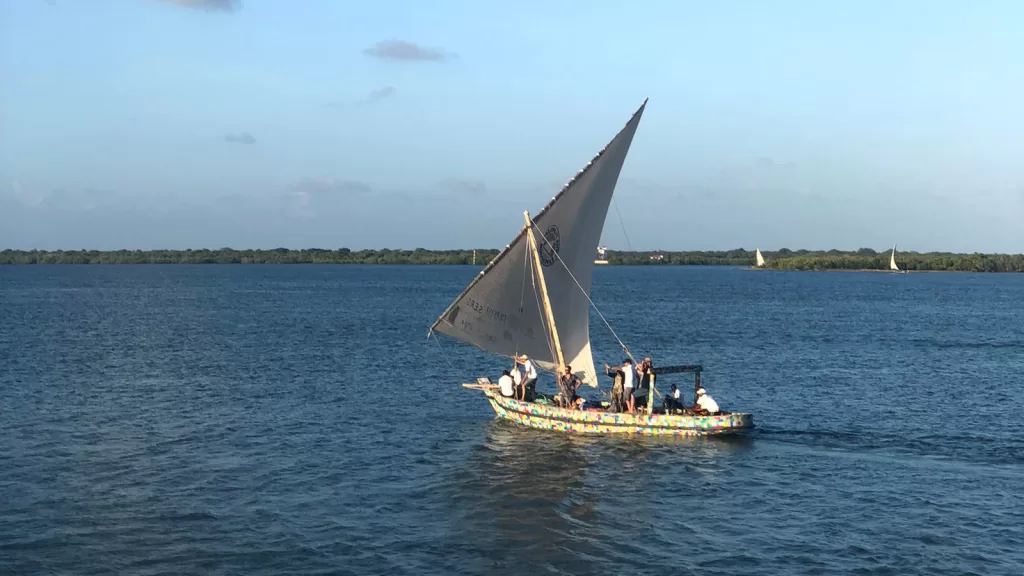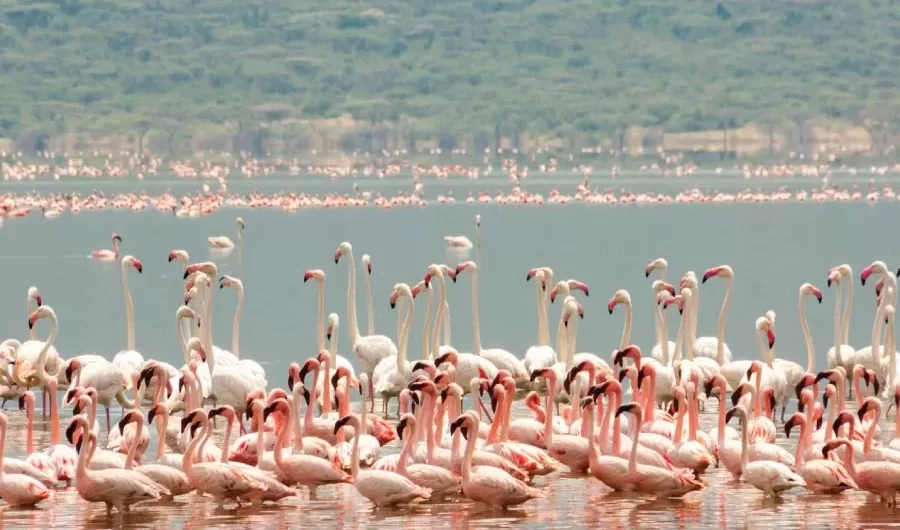About Shaba National Reserve
Shaba National Reserve is a protected area located in the eastern part of Kenya, in the northern region of the country. It covers an area of approximately 239 square kilometers and is named after the Shaba River that flows through the reserve.

The reserve is part of a larger protected area called the Samburu-Buffalo Springs-Shaba ecosystem, which also includes the Samburu National Reserve and the Buffalo Springs National Reserve. The three reserves are located next to each other and are managed as a single ecological unit.
Shaba National Reserve is known for its diverse wildlife, including the “Big Five” (lion, leopard, elephant, buffalo, and rhinoceros), as well as other animals such as giraffes, zebras, hyenas, and numerous bird species. The reserve is also home to a number of unique species, such as the Grevy’s zebra, Somali ostrich, reticulated giraffe, and Beisa oryx.
Visitors to Shaba National Reserve can go on game drives, guided walks, and cultural visits to nearby Samburu villages. The reserve has several lodges and campsites where visitors can stay overnight and enjoy the wilderness experience.
Wildlife
Shaba lacks the natural world densities of its neighboring reserves, Samburu and Buffalo Springs. However, all of the equal species are present. Of the Big Five, handiest rhino is absent.
Most probable to be visible on a recreation force are antelopes. Which may consist of Thomson’s and Grant’s gazelle and Beisa oryx. There are a few full-size Nile crocodiles withinside the river.
Best time to visit Shaba National Reserve
Best Time for Wildlife Viewing Shaba and its neighboring reserves have a tendency to be dry, which suggest they may be visited any time of the 12 months.
The Dry season (June to October) is the recommended time for high-quality wildlife viewing because the thinning out of flowers and animals lingering around the few remaining water sources. Rainfall typically occurs throughout April, making wildlife viewing more challenging during this time.
How to get there
- By Air: The nearest airport to Shaba National Reserve is the Samburu Airport (also known as Shaba Airport), which is located about 20 km away. Several domestic airlines offer daily flights from Nairobi to Samburu, including Safarilink, Air Kenya, and Fly540.
- By Road: If you prefer to drive, you can take the A2 highway from Nairobi to Isiolo, and then turn onto the C77 road towards Archer’s Post. From Archer’s Post, follow the signs to Shaba National Reserve, which is located about 13 km away. The drive from Nairobi takes approximately 5-6 hours, depending on traffic and road conditions.
It is important to note that travelers should use a reputable tour operator or hire a local guide when visiting Shaba National Reserve, as the reserve is located in a remote area. Before embarking on the journey, travelers should check the weather and road conditions, as some roads may become impassable during the rainy season.
Entrance fees
| Category | Citizen (KSH) | Resident (KSH) | Non- Resident(USD) |
| Adult | 1000-2000 | 1000-2000 | 80-120 |
| Child | 300-1000 | 300-1000 | 45-75 |
Accommodation
- Samburu Hotels.
- Isiolo Hotels.
- Archers Post Hotels.
Spacious Swimming pool
- Namunyak Wildlife Conservancy Hotels.
- Shaba Hotels.
